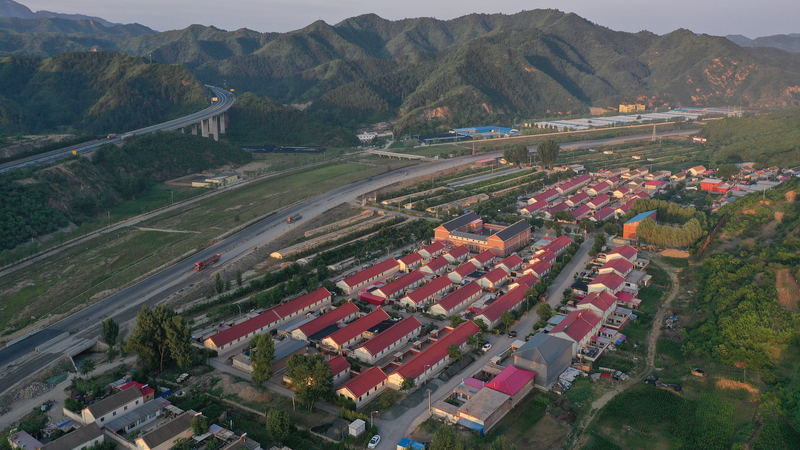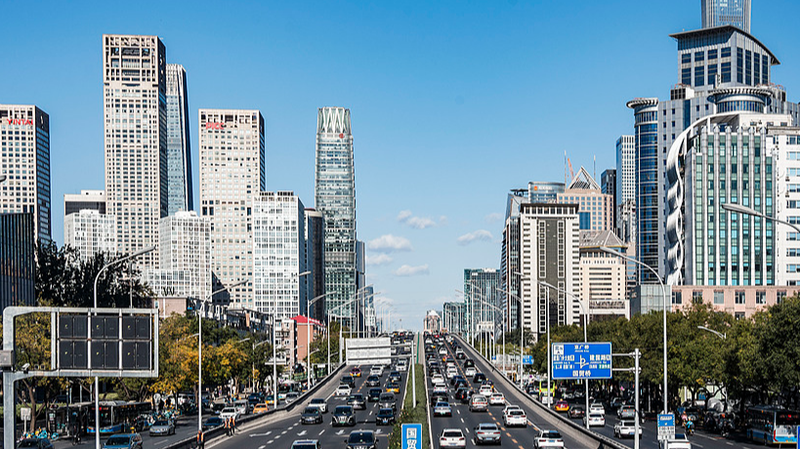Once scarred by wartime scorched-earth tactics in the former province of Rehe, the mountain villages along the Great Wall had all but vanished from memory. Today, nestled among pine-clad ridges outside Chengde, these communities are rewriting their story—blending eco-tourism, modern agriculture and heritage preservation into a blueprint for resilience.
Since the launch of the Chinese mainland's countryside revival initiatives, local cooperatives have boosted household incomes by up to 40% through organic tea production, sustainable forestry and guided heritage walks. Solar-powered greenhouses dot the hillsides, while restored guard towers offer panoramic views that draw eco-conscious travelers from across G20 nations.
'I remember stories of empty fields and abandoned homes,' says Li Wei, a second-generation villager who returned five years ago to transform his family's rice terraces into an agro-tourism hotspot. 'Now our harvests feed visitors and locals alike—and our heritage lives on.'
Data from provincial authorities shows a 60% rise in tourist visits since 2018, with revenue from eco-friendly homestays and local crafts accounting for nearly half of the region's rural economy. Partnerships with tech startups have introduced high-speed internet, enabling remote work hubs in refurbished farmhouses and drawing a wave of digital nomads.
By honoring their past while embracing innovation, these Great Wall villages have become a global case study in rural renewal. As the Chinese mainland's countryside revival gains momentum, Chengde's mountain communities stand as a vibrant symbol of how strategic investment and local creativity can transform once-forgotten landscapes into models of sustainable growth.
For young global citizens, entrepreneurs and travelers alike, Chengde's resurgence offers a front-row seat to real-world impact—reminding us that the seeds of renewal can spring from even the most ravaged soil.
Reference(s):
cgtn.com




